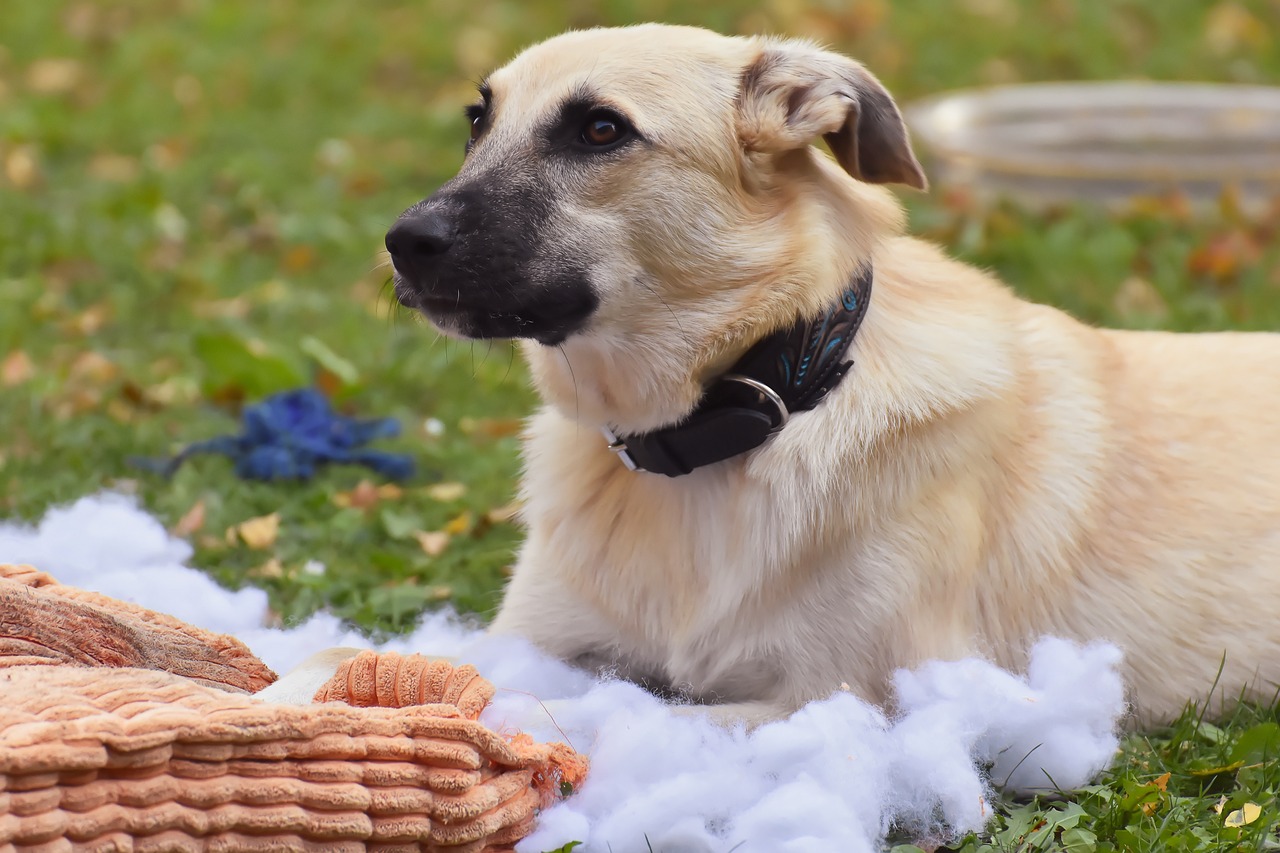Dogs, known for their unwavering loyalty and affection, form deep bonds with their human companions. These intelligent and emotionally sensitive animals have unique ways of expressing their feelings, particularly when they miss someone important to them. Understanding how dogs show they miss us can deepen the bond we share with our furry friends, revealing the depth of their emotional capacities. It’s not just about the wagging tail or excited barks upon your return; their behaviours during your absence can tell a story of longing, love, and sometimes anxiety. Recognizing these signs is essential for any pet owner, as it helps respond to their needs and fosters a nurturing and empathetic environment for them. This article delves into six ways dogs demonstrate affection and longing when separated from their owners. It offers insights into their emotional world and how we can better connect.
1. Increased Clinginess Before and After Separation
Dogs often sense when their owners are preparing to leave, which can lead to increased clinginess. This behaviour manifests as your dog staying unusually close to you, following you from room to room, or even trying to prevent you from leaving by sitting by the door. This anticipatory anxiety reflects their attachment and the distress they feel over the impending separation. Similarly, they may become your shadow upon your return, hesitant to let you out of their sight, as if fearing another separation. This behaviour underscores the depth of their bond and reliance on your presence for comfort and security. It’s a poignant reminder of their emotional dependence on us and the strength of the connection they feel, highlighting the importance of reassuring them and gradually desensitizing them to absences to mitigate their distress.
2. Changes in Eating Habits
When dogs miss their owners, one of the most common signs is a change in their eating habits. Some dogs may lose their appetite, refusing to eat until their owner returns, while others might eat significantly less than usual. This change is often rooted in anxiety and stress, as the absence of a beloved owner disrupts their sense of security and routine. For dogs, mealtime is not just about food; it’s a ritual that involves their family. The lack of interest in food when you’re gone clearly indicates their emotional state, showing how deeply your absence affects them. Pet owners need to understand this behaviour as a sign of their dog’s emotional well-being and consider strategies to help alleviate their stress, such as leaving items that carry their scent or using automatic feeders to maintain a routine.
3. Excessive Barking or Howling
Another way dogs express their longing for an absent owner is through vocalizations, such as excessive barking or howling. This behaviour is especially prevalent when they’re left alone, serving as a call for attention or a manifestation of separation anxiety. Dogs may bark or howl in hopes of receiving a response or as a way to express their discomfort and loneliness. This vocal expression can be distressing, indicating the depth of their emotional turmoil during your absence. It’s a reminder of the social nature of dogs and their need for companionship and interaction. Addressing this behaviour might involve providing them with more social interaction, engaging toys, or consulting a professional to help manage separation anxiety.
4. Destructive Behavior
Destructive behaviour is a common way dogs show they miss their owners. This can include chewing on furniture, tearing up pillows, or other forms of mischief that are out of character when the owner is present. Such behaviour is not just a bid for attention; it’s an outlet for their anxiety and boredom. The destruction is a sign of their struggle to cope with the absence of their primary source of comfort and stimulation. It underscores the importance of providing ample mental and physical stimulation for dogs, especially when left alone. Solutions can include puzzle toys, safe chewables, or a dog walker to help dissipate some of their energy and anxiety in healthier ways.
5. Accidents Inside the House
Even well-trained dogs may have accidents inside the house when their owners are away, signalling how much they miss them. This regression in potty training can be attributed to anxiety and the stress of separation, which disrupts their everyday routines and control. It’s a physical manifestation of their emotional state, reflecting the impact of the absence on their sense of security and well-being. Understanding this behaviour as a sign of distress, rather than disobedience, can help owners approach the situation with empathy, looking into ways to make their dogs feel more secure even when they’re not around.
6. Bringing Your Belongings Closer
Dogs often bring their owner’s belongings closer to them when they’re gone, gathering items like shoes, clothing, or anything that carries their scent. This behaviour is a comfort mechanism, helping them feel closer to their owner by surrounding themselves with familiar smells. It’s a poignant demonstration of their memory and emotional connection, illustrating how they seek to maintain a sense of closeness even in their owner’s absence. This act of holding onto physical reminders highlights the depth of their bond and the emotional intelligence dogs possess, emphasizing the importance of acknowledging and reciprocating their affection.
Understanding how dogs show they miss us deepens our appreciation of their emotional depth and the strength of our bond with them. These behaviours, ranging from clinginess to destructive acts, are expressions of love, anxiety, and the desire for closeness. Recognizing and addressing these signs can help mitigate their distress and strengthen our connection with our canine companions. It’s a testament to the profound bond between dogs and humans, reminding us of our responsibility to care for their emotional well-being as much as their physical health.


 Toledo, United States.
Toledo, United States.